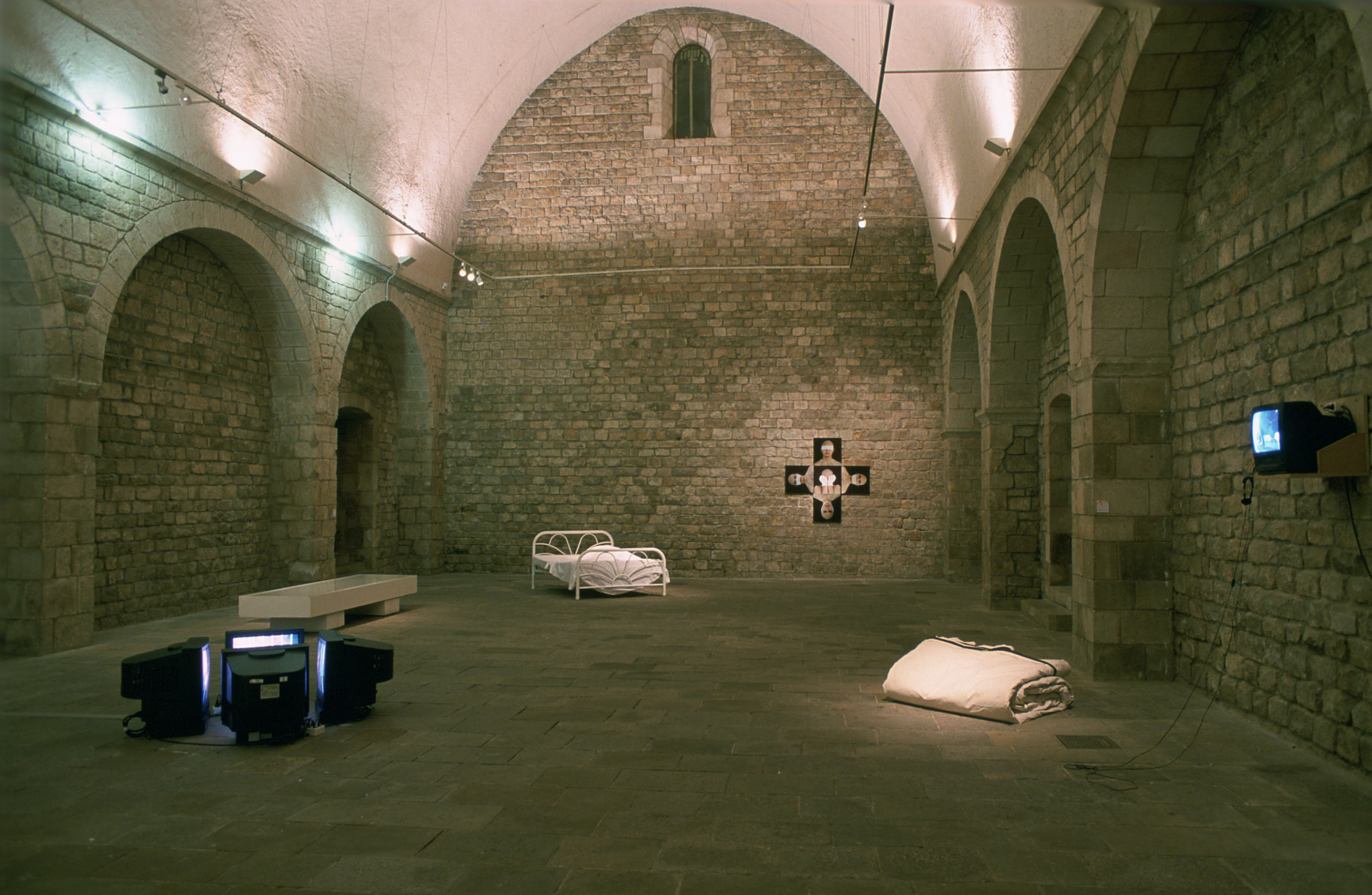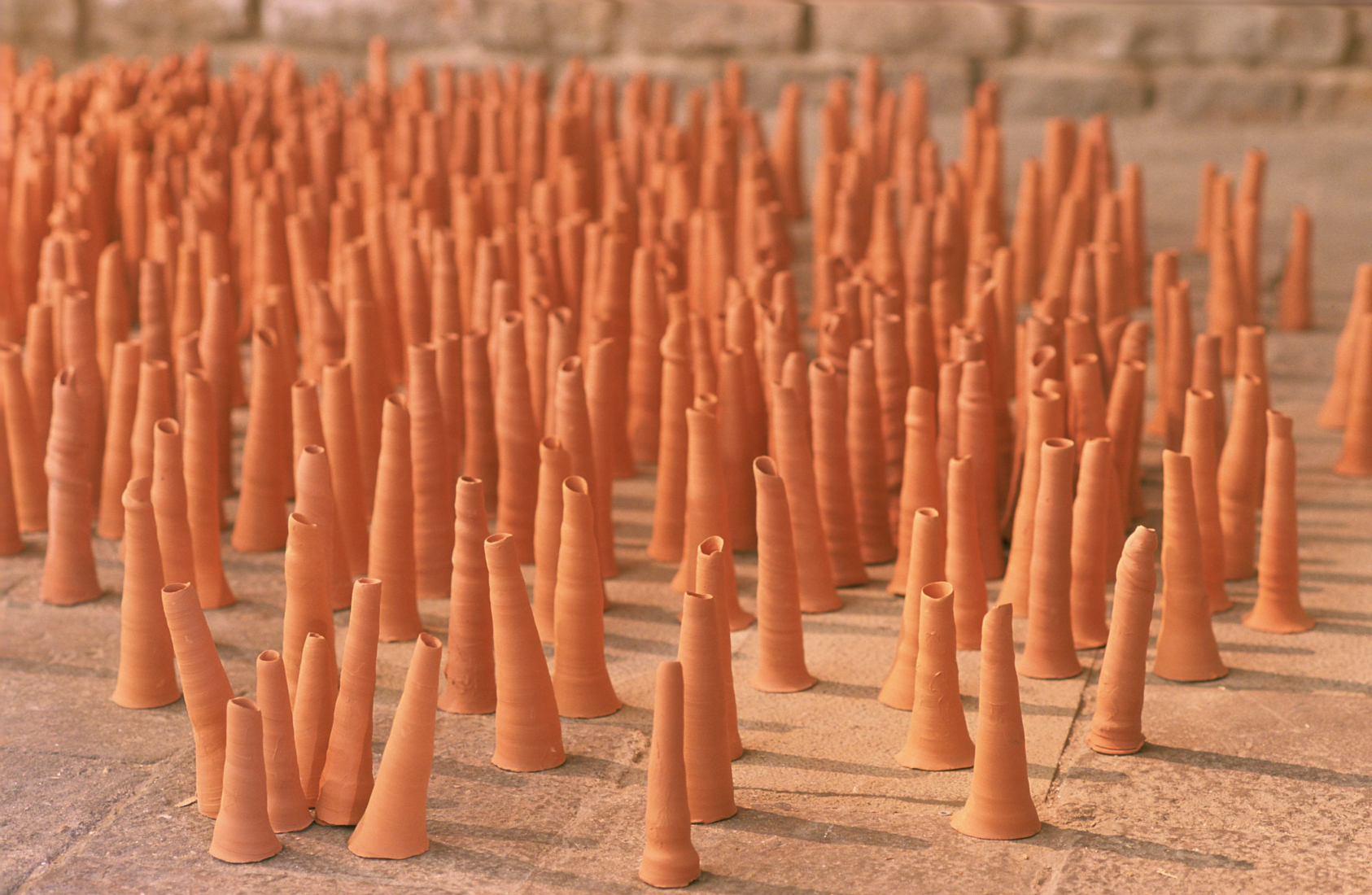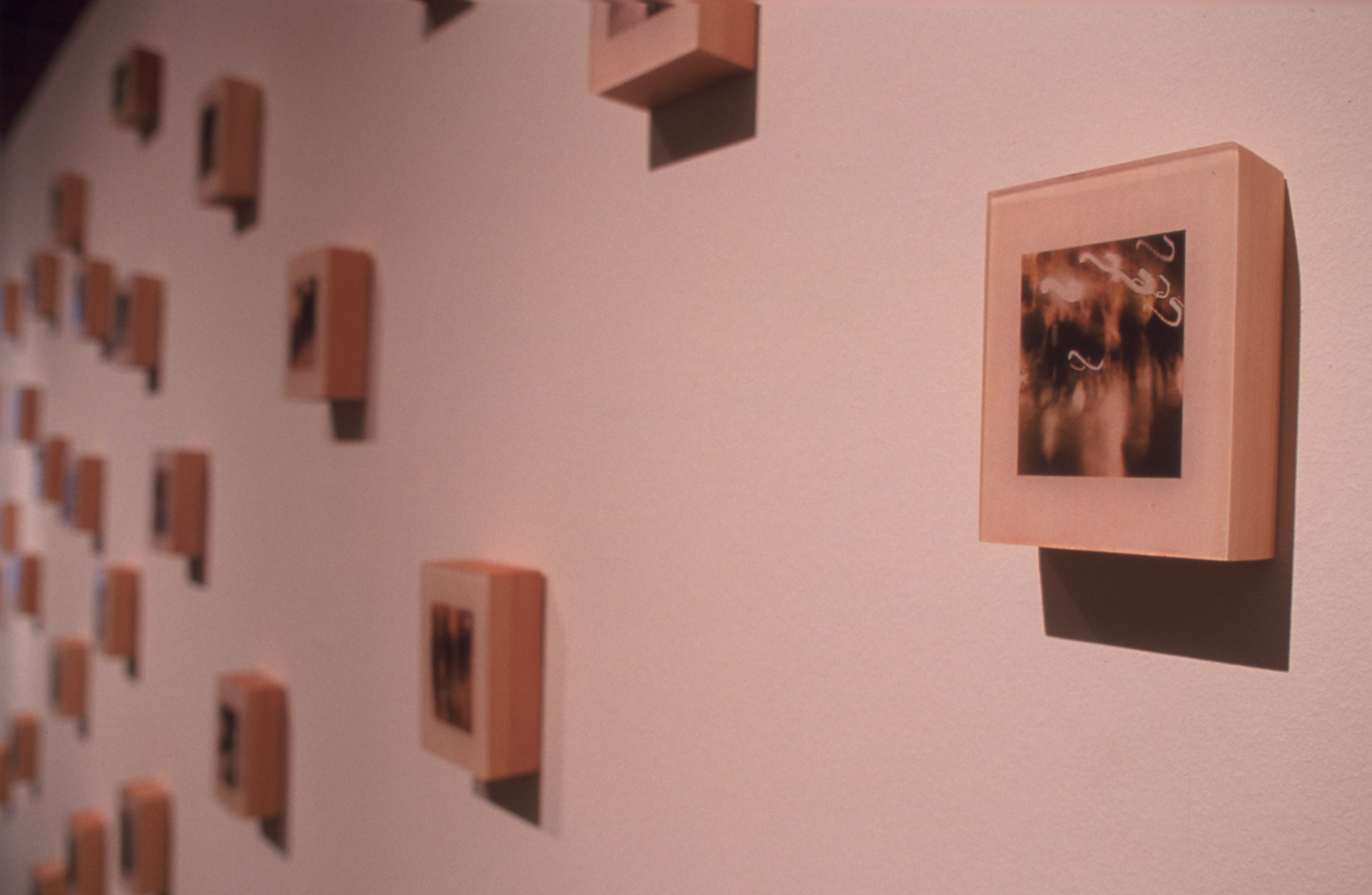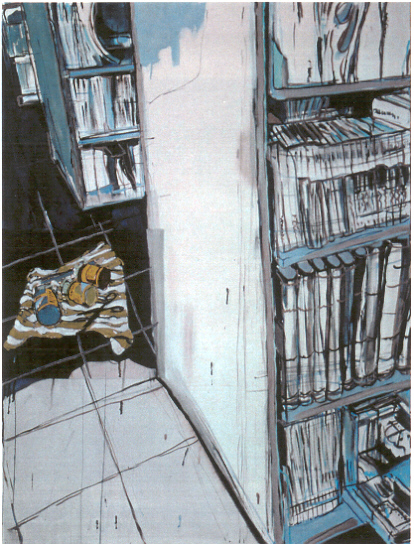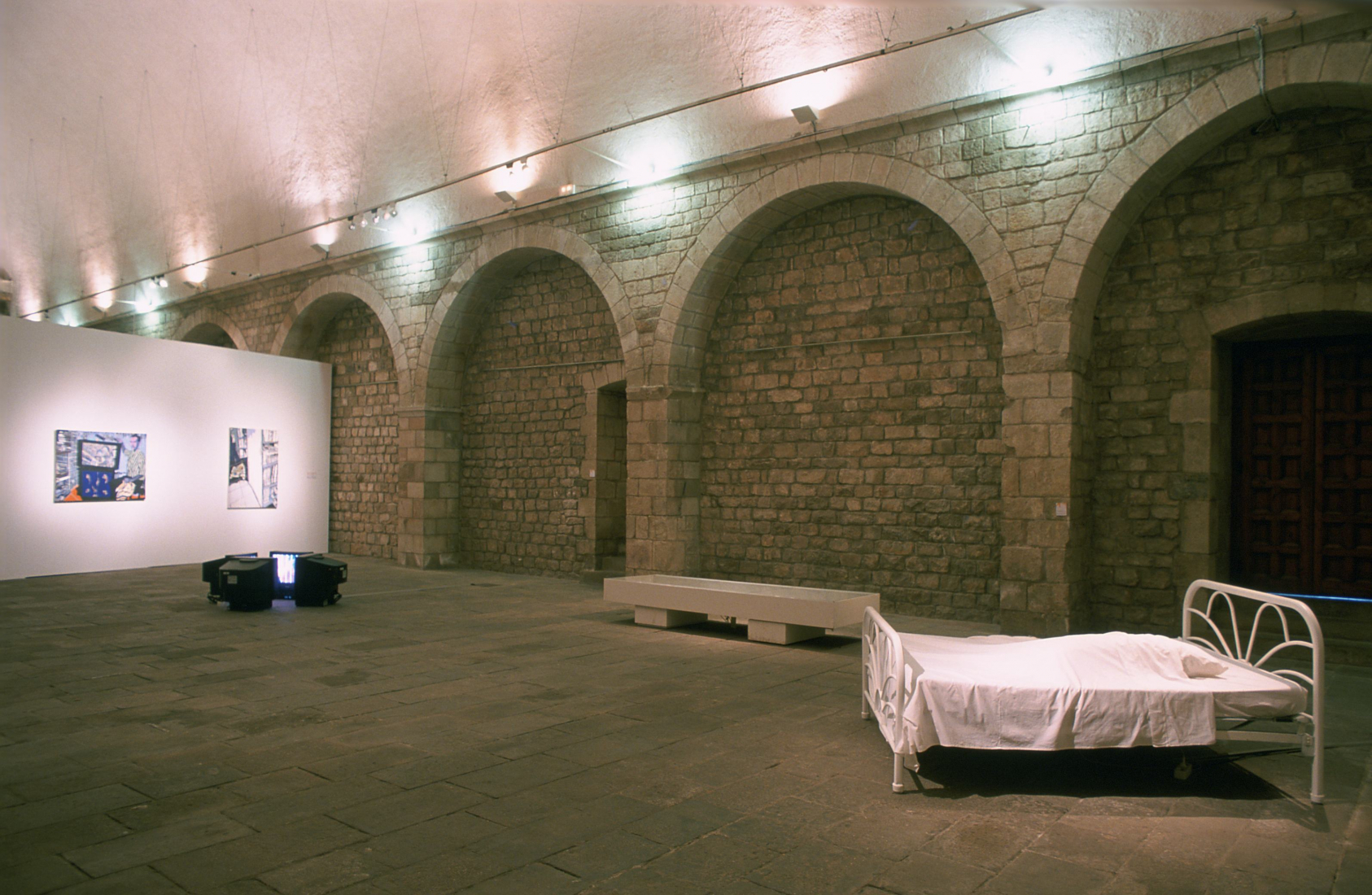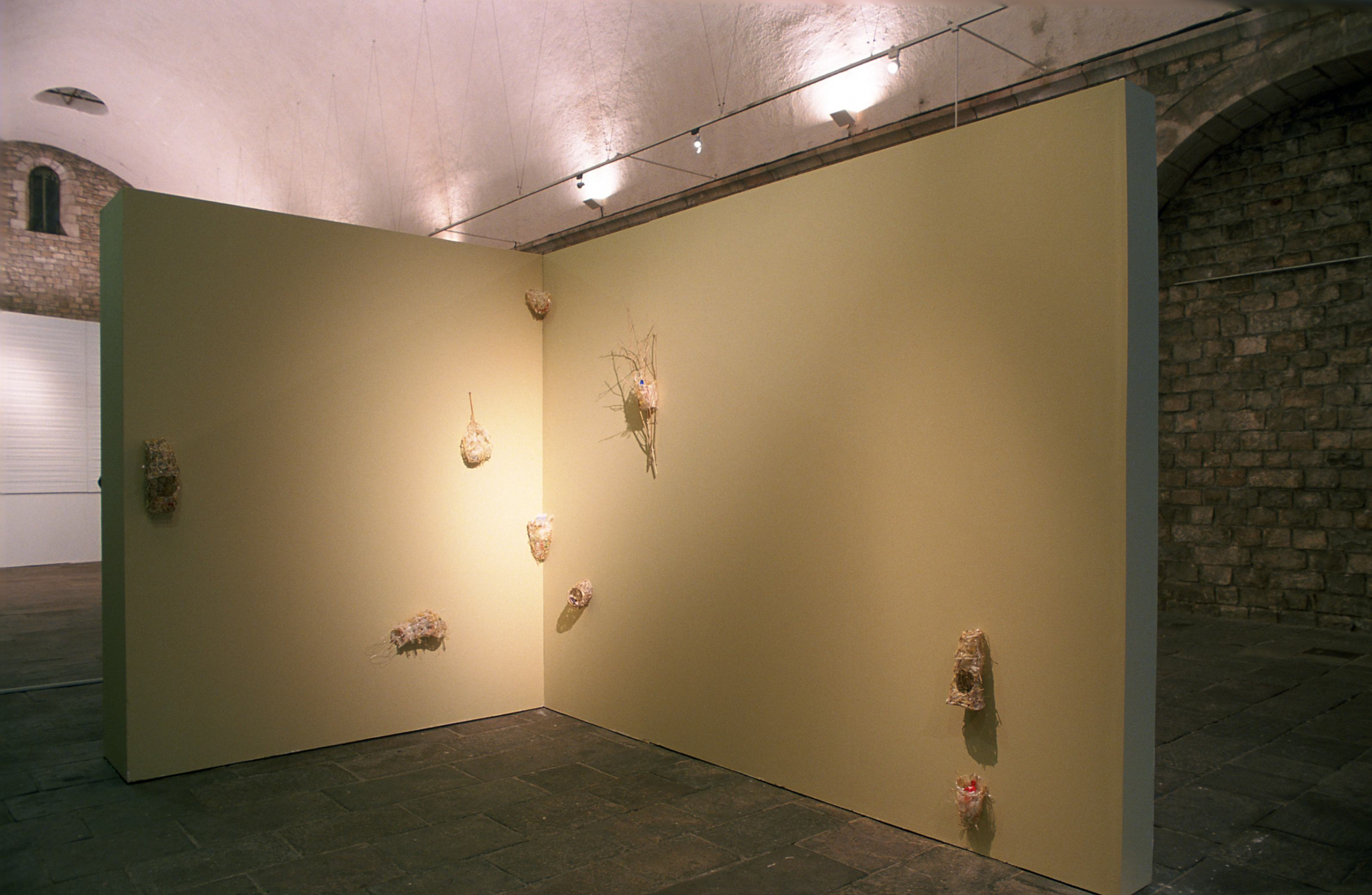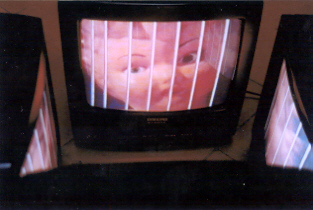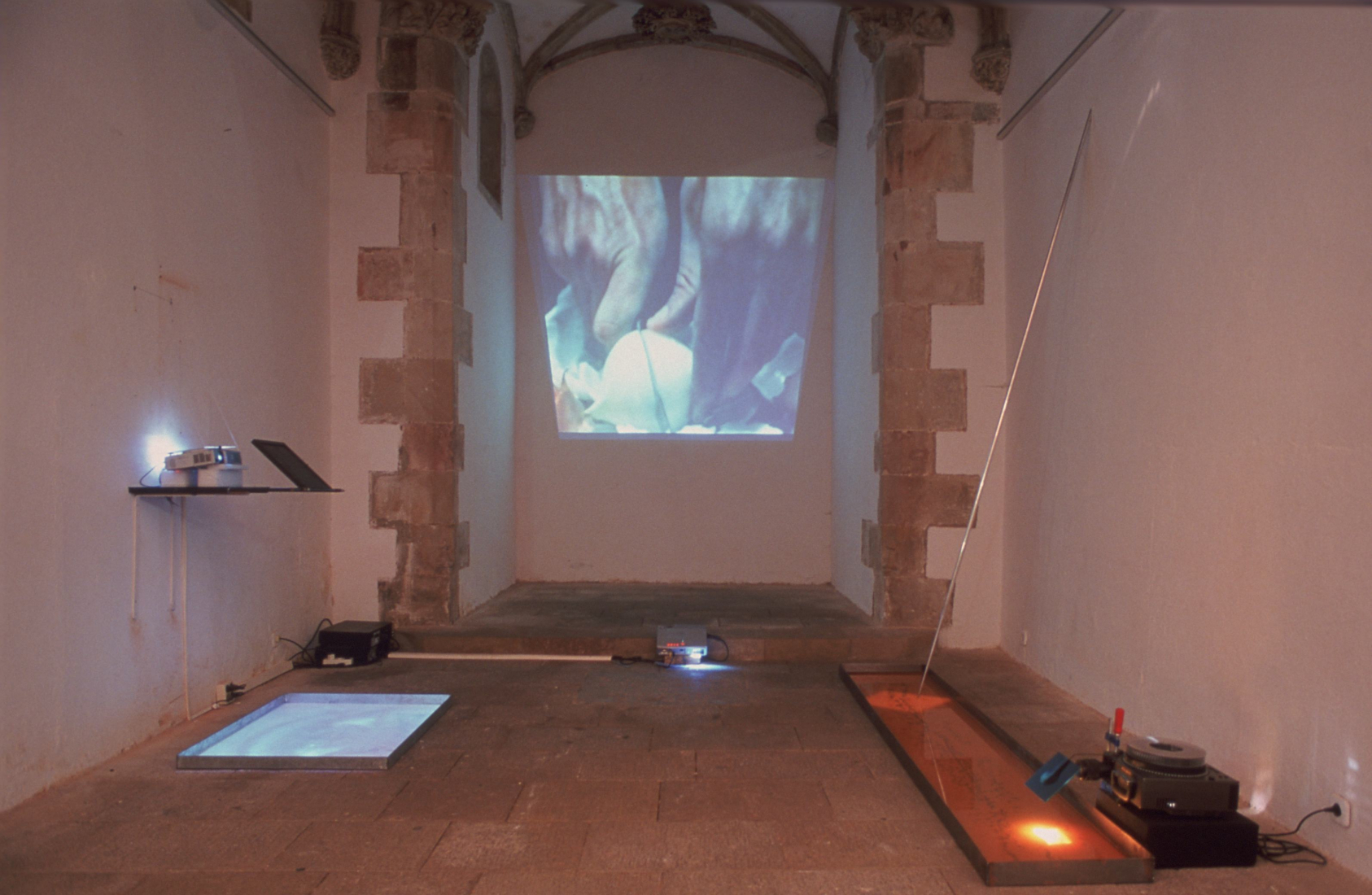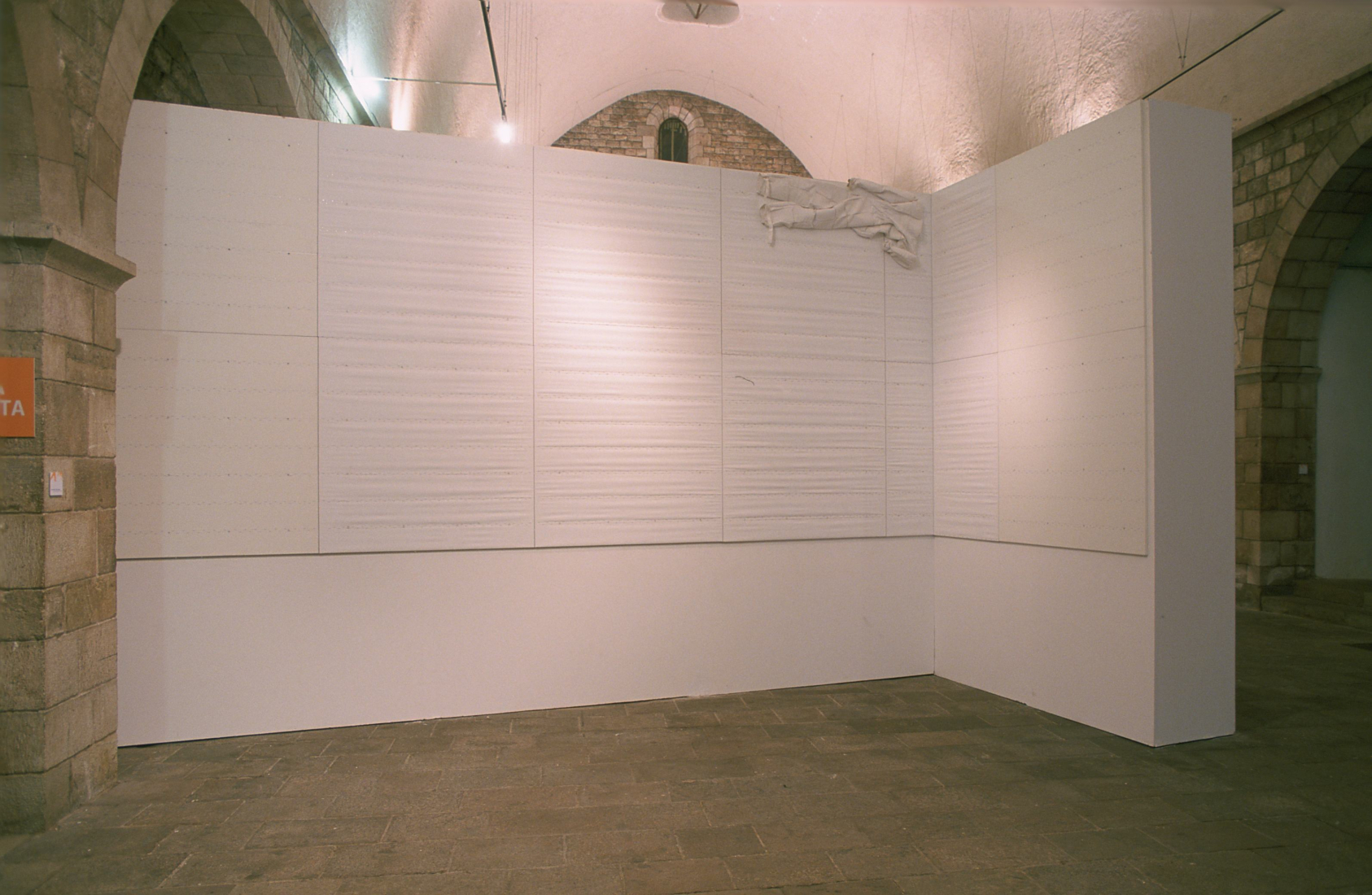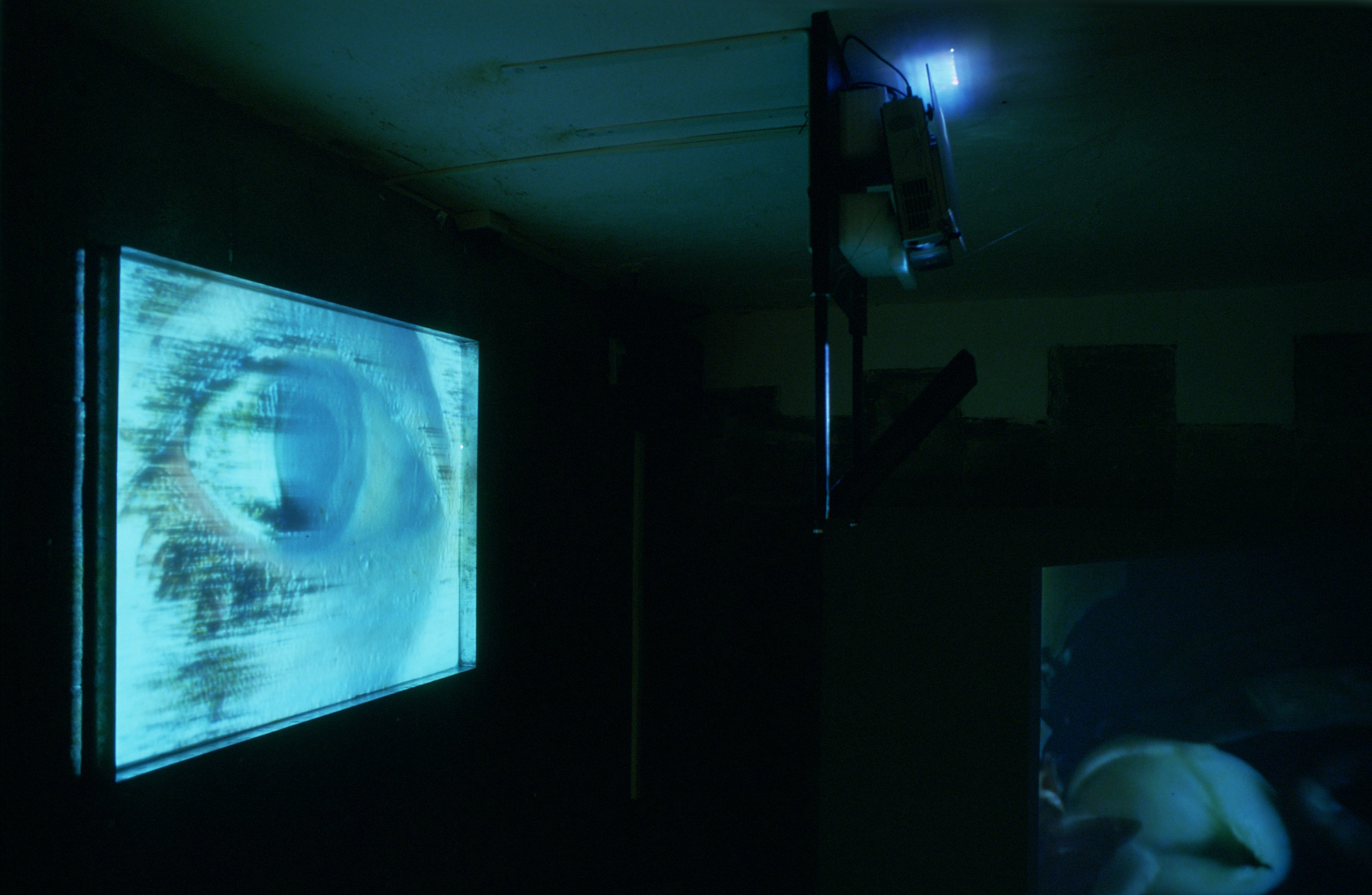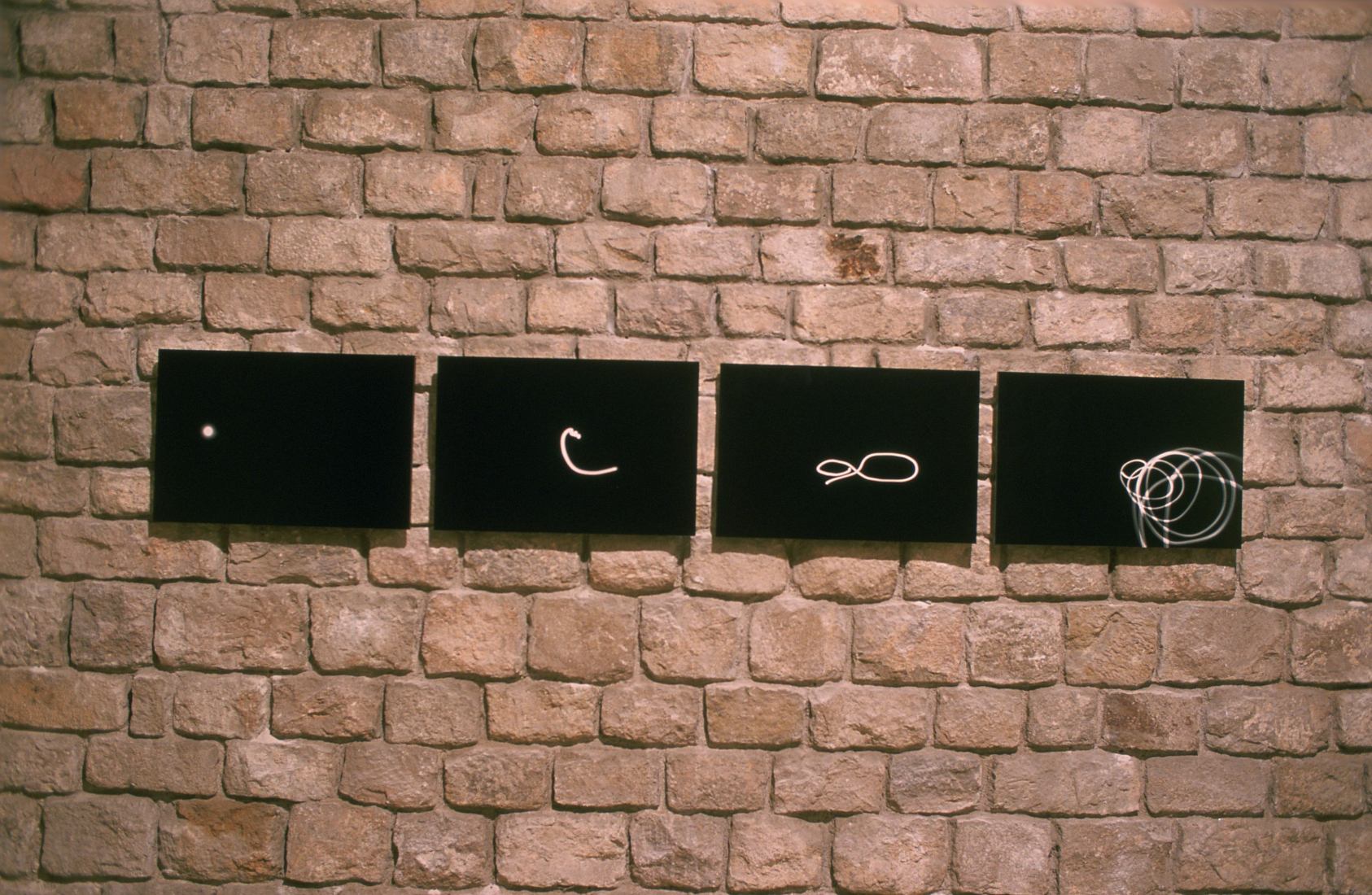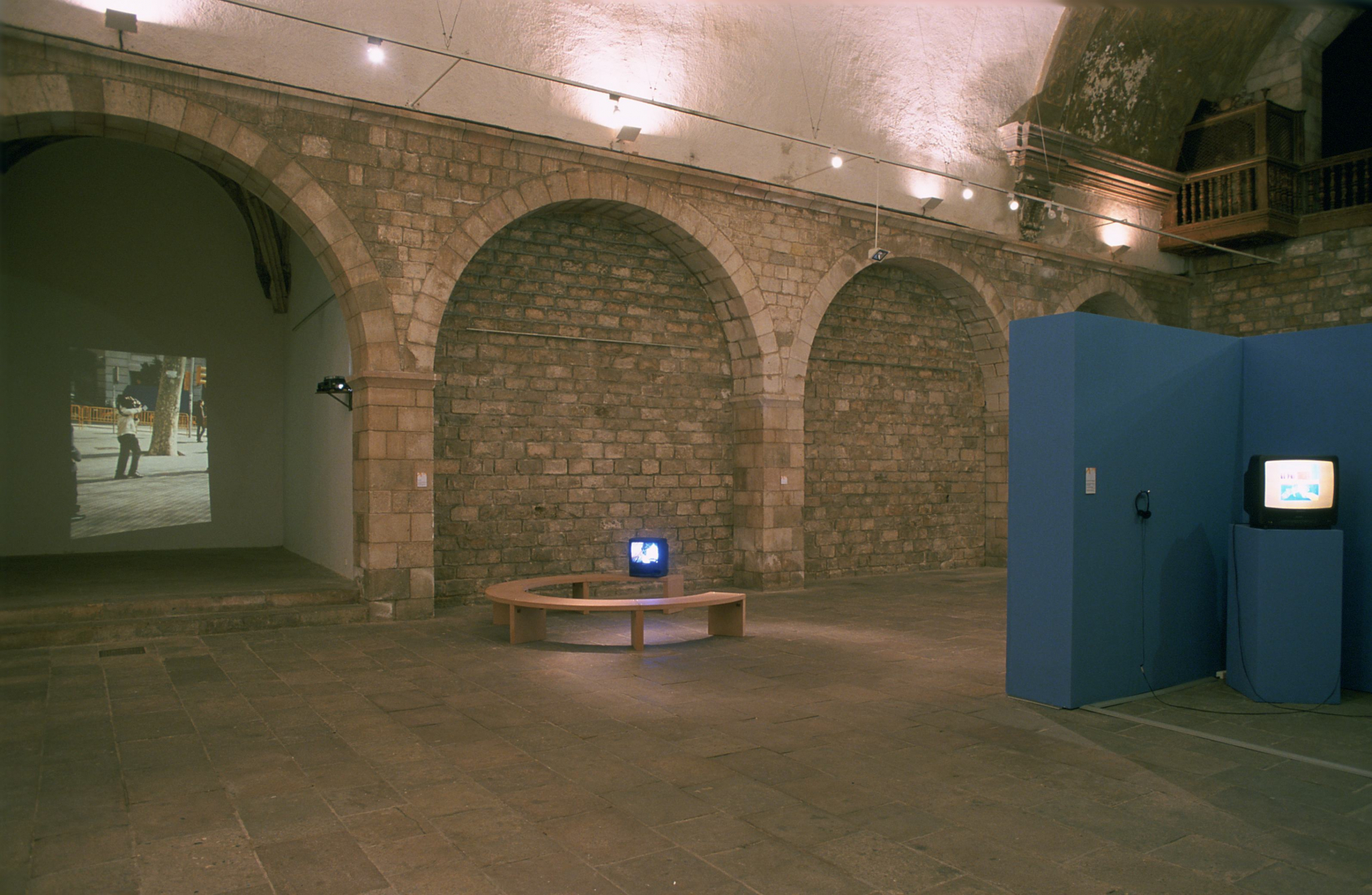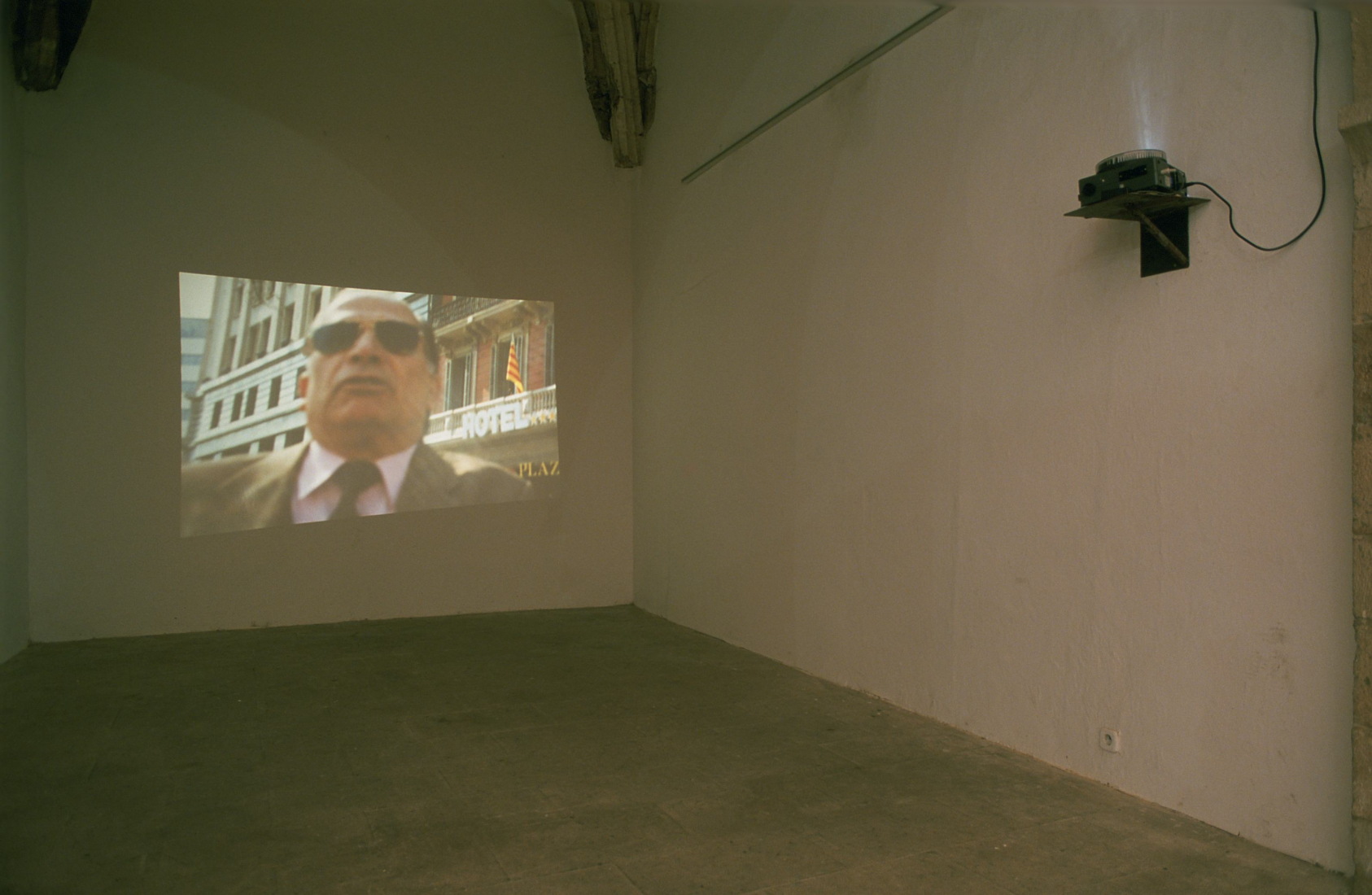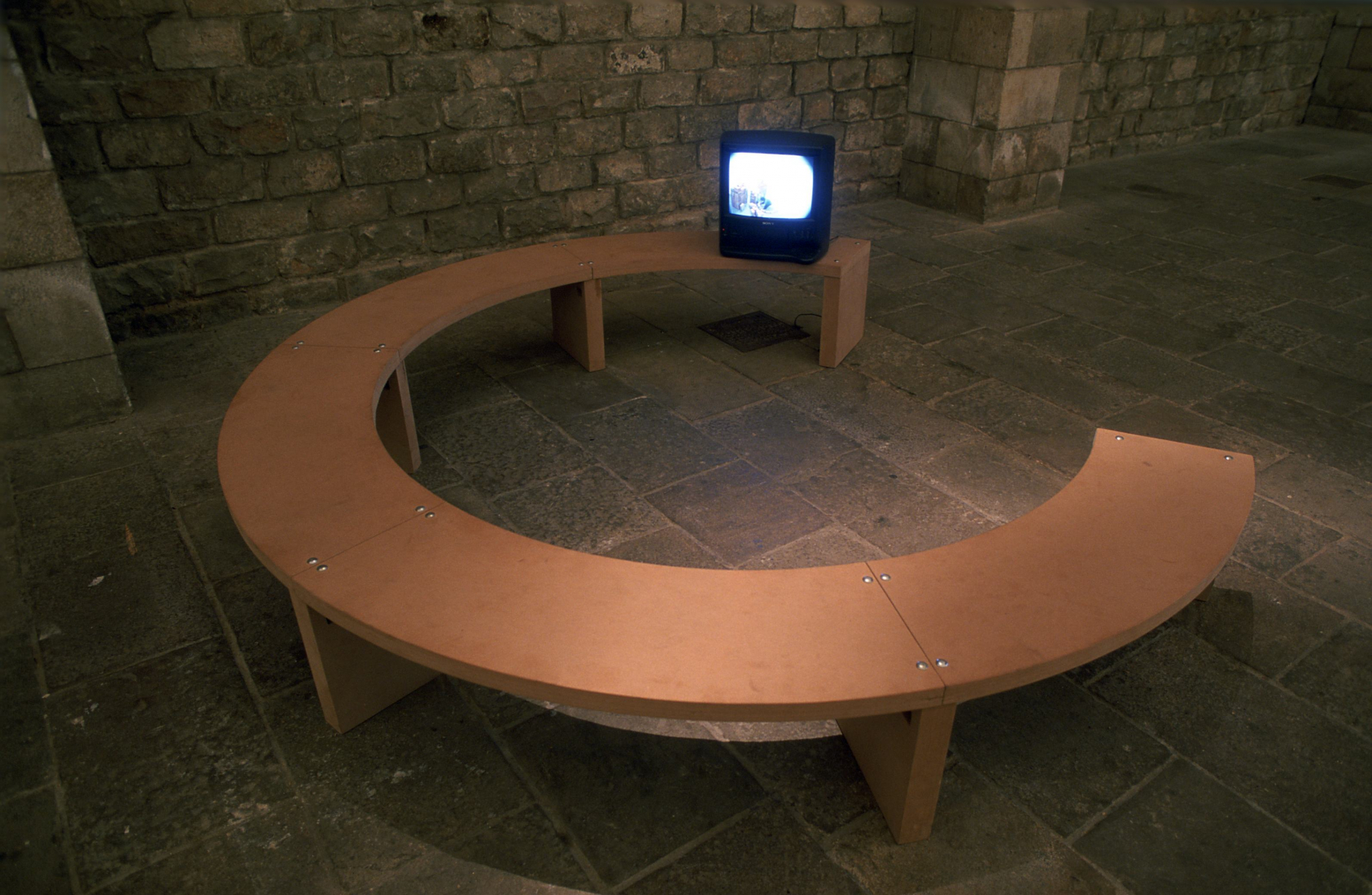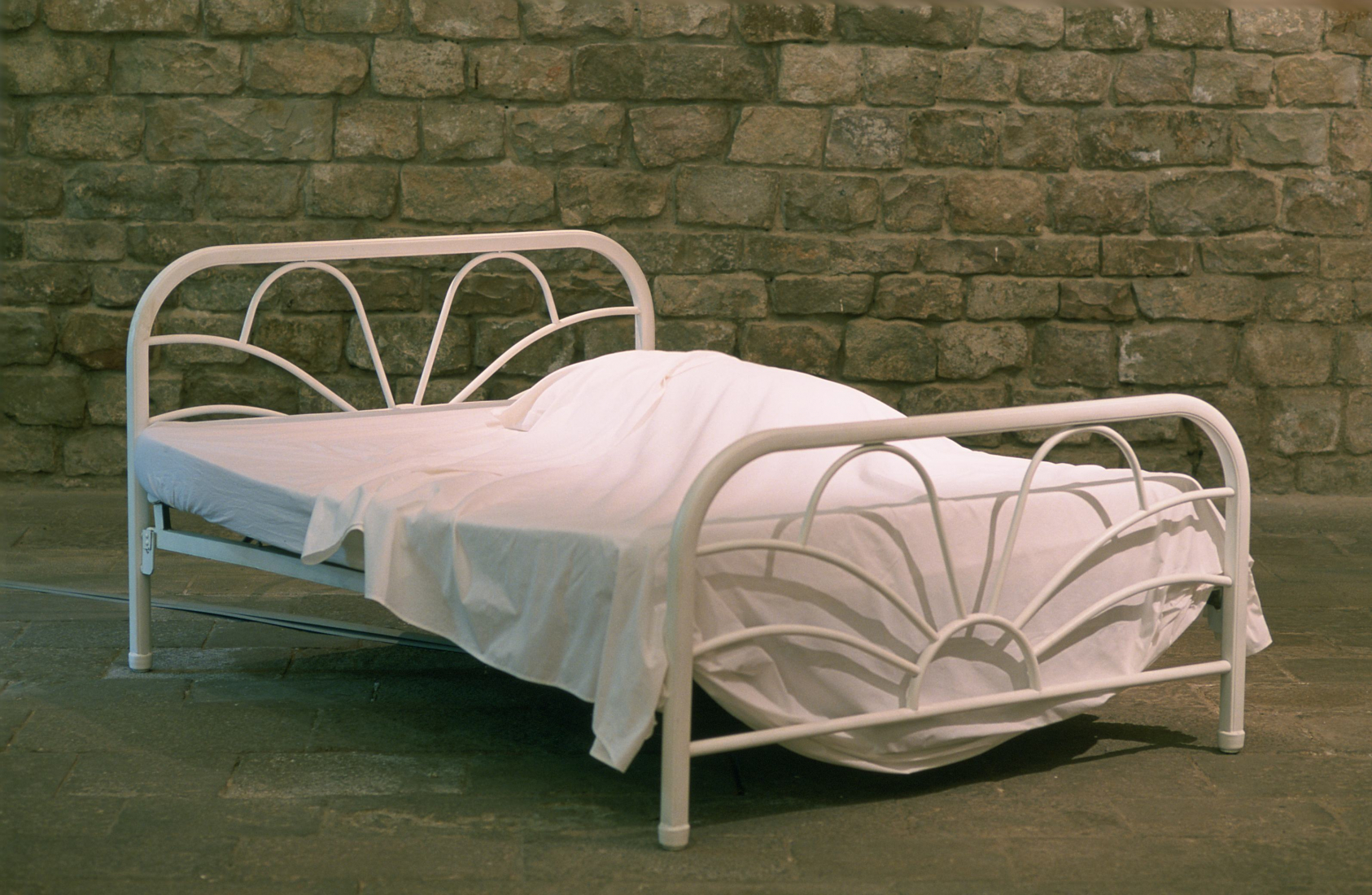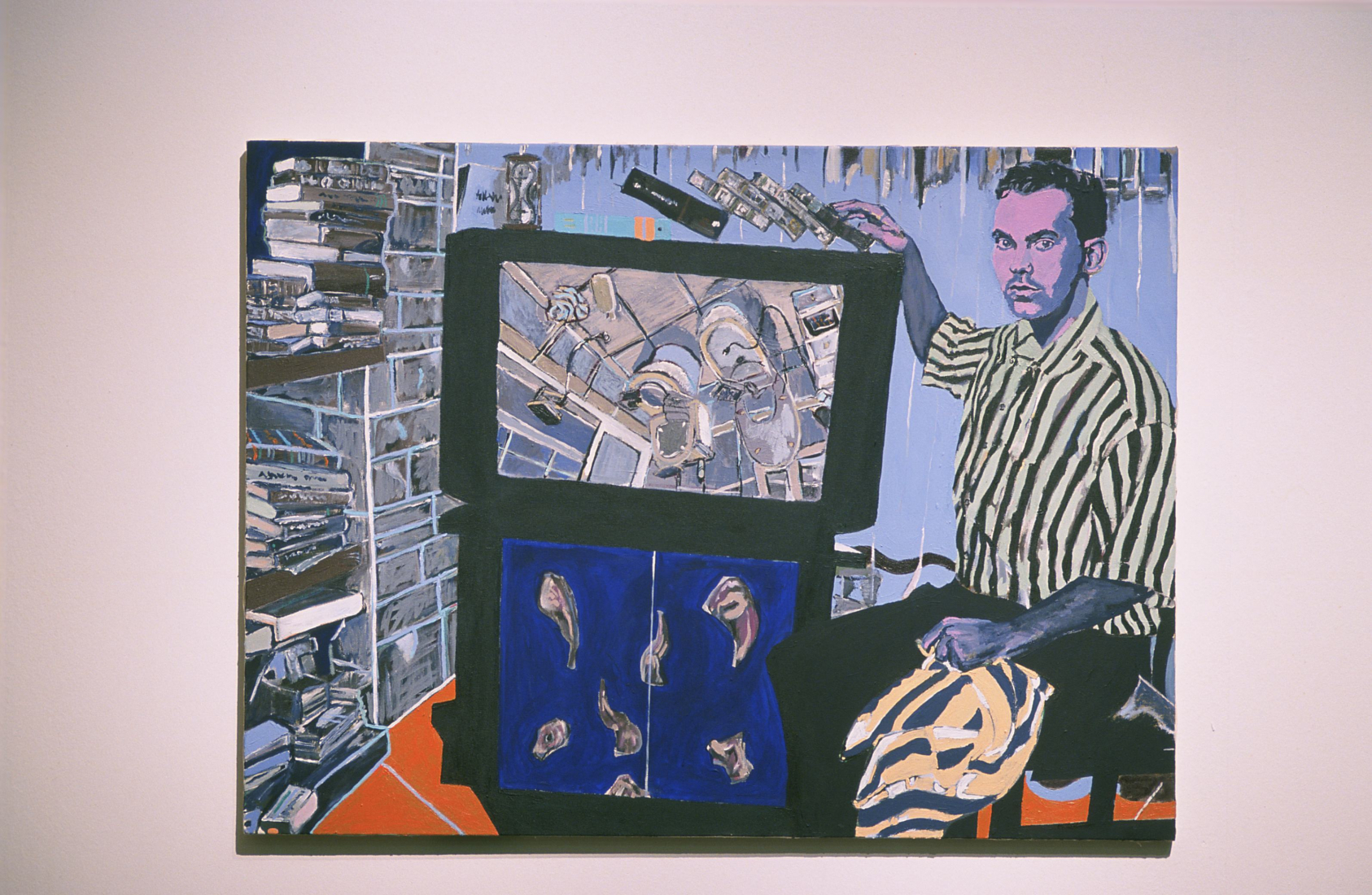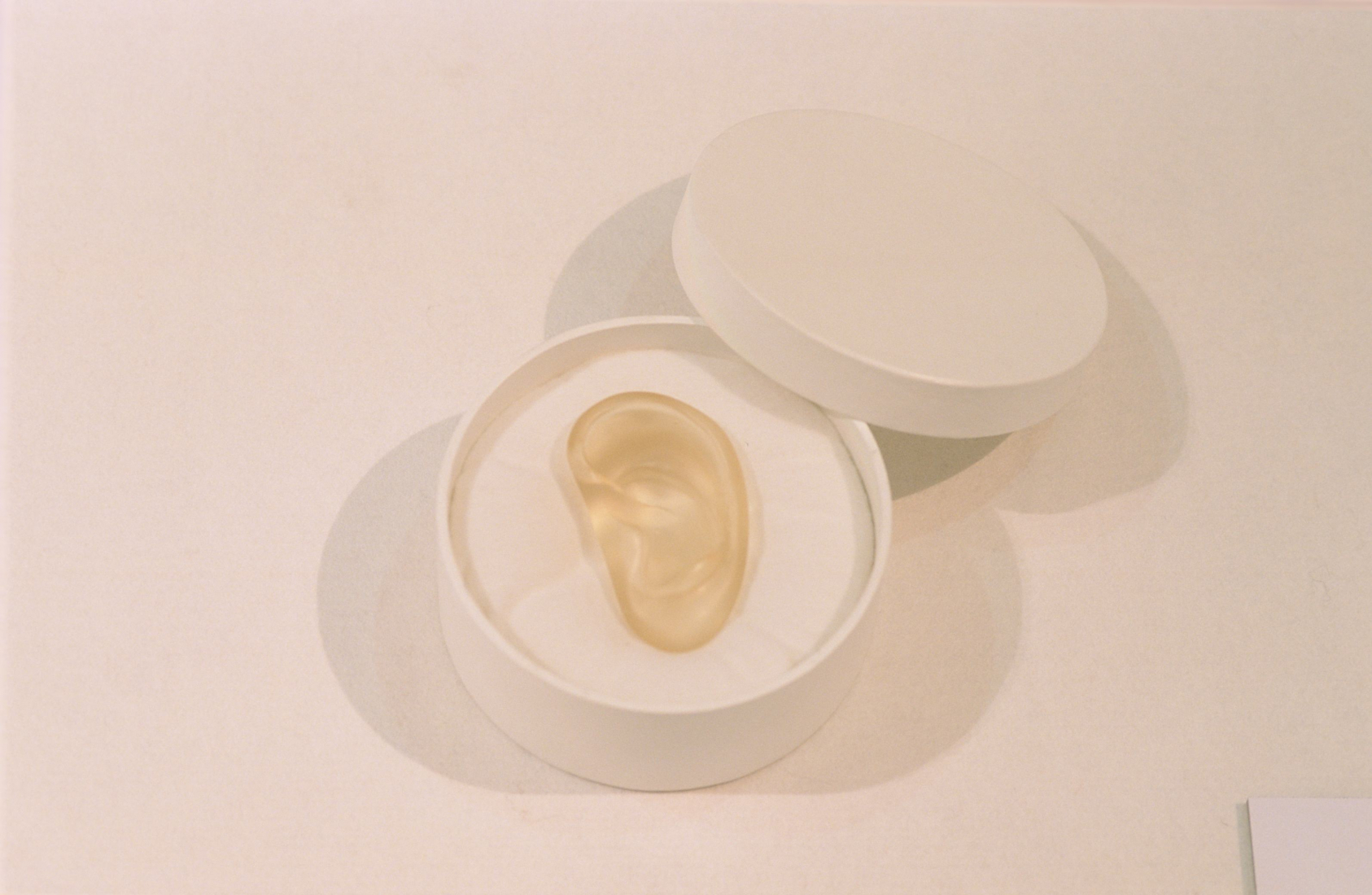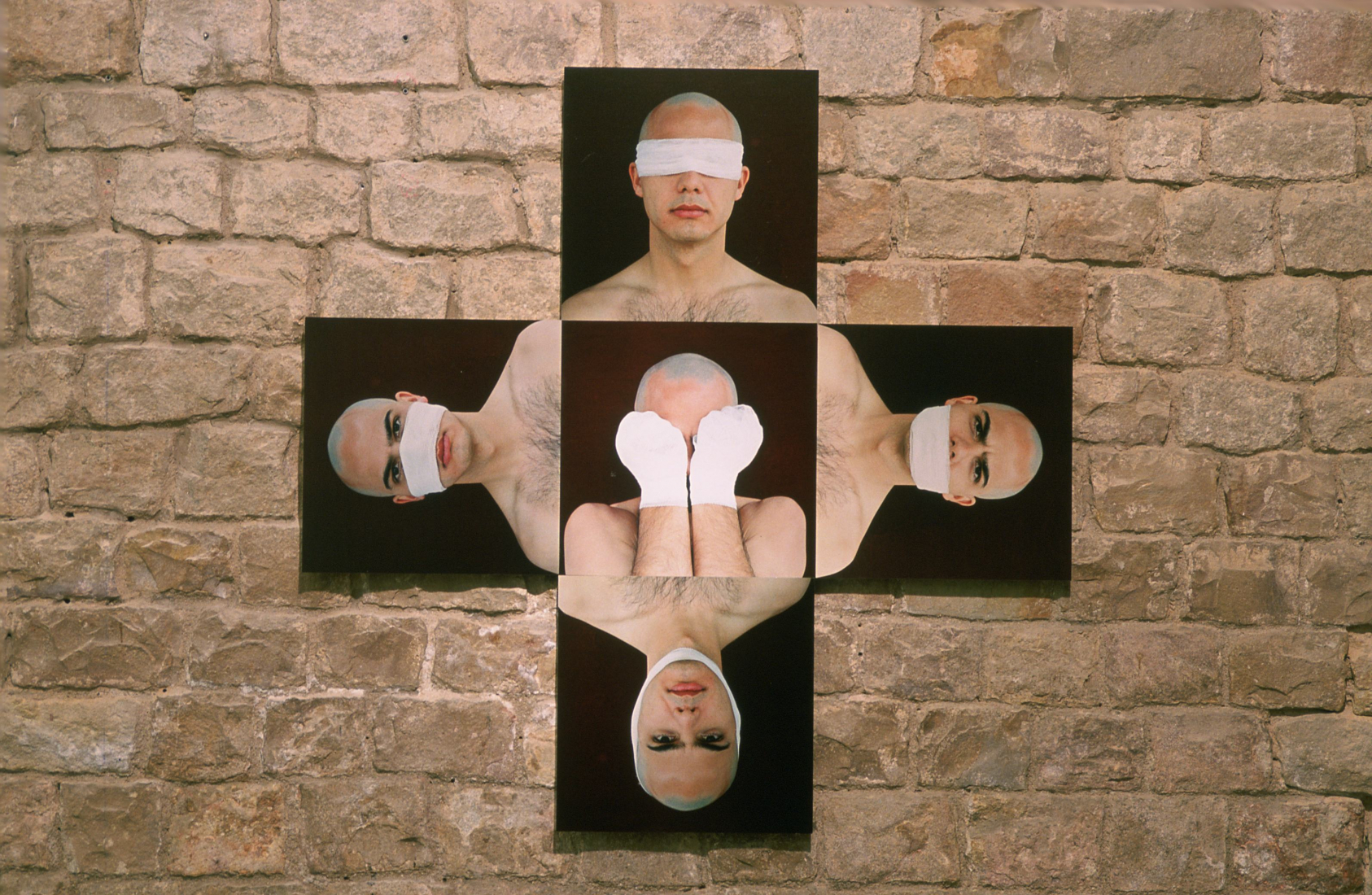Cohabitar. Visual Arts at Escola Massana
Artists: Quim Bosc, Diego Bruno, Luís Carrera, Regina Carreté, Martí Cavero, Paul Ekaitz, Xabier Ferro, Mònica Gil, Pere Ginard, Laura Ginés, Laura Hernández, Merche Moriana, Pau Olivé, Marta Petit, Wifre Pérez, Mercedes Rodríguez, María Tur, Juan Zurita
Cohabiting, beyond the semantic meaning of the term (living in common), is at the same time the poetic and metaphorical concept with which the Massana School, at the beginning of the second academic year of the third millennium, presents a set of proposals performed artistically in their visual arts workshops. Not avoiding coexistence and facing the risk, uncertainty, complexity and potential of the current historical traffic, is at this time, one of the first demands and artistic and pedagogical commitments.
The desire to engage and immerse in the most enlightened and leading contemporary, social, political, cultural, professional and technological paradigms, in order to decipher them and try to transform them from a humanistic attitude, determines a positioning and a way to understand the role and social function of cultural transmission and creative action.
Collating the diversity of languages and practices, the plural discourses, the critical sense, the self-criticism and the heterodoxy, becomes a declaration of the will not to resign to cohabit with the freedom.
To enable habitat, the environment and the means that encourage and stimulate fertilizers between theory and praxis, informative and virtual flows and material supports, the neighborhood and metropolis, techniques and languages, established and mediated and Dissidence, as well as teaching and learning and learning and teaching, at the various levels and in academic fields (university education, professional cycles, artistic baccalaureate and non-regulated education) are desideràtums that make up the reason and the will to be of a unique public school cradle and nursery of creators.
Reflection and expression of the aforementioned, are some of the underlying poetic, expressive and ideological concepts in the proposals of the young creators that expose their work in this exhibition.
Organise:
- Cultural Activities of Escola Massana. Institut d’Educació
- La Capella. Institut de Cultura. Ajuntament de Barcelona
Collaborators:
- Schilling
Sponsoring media:



